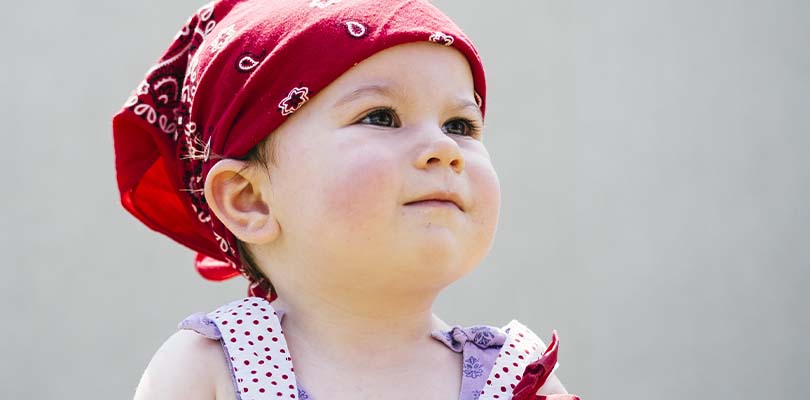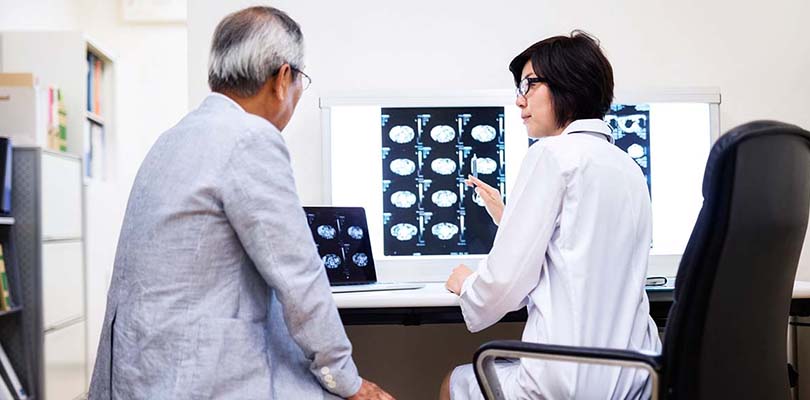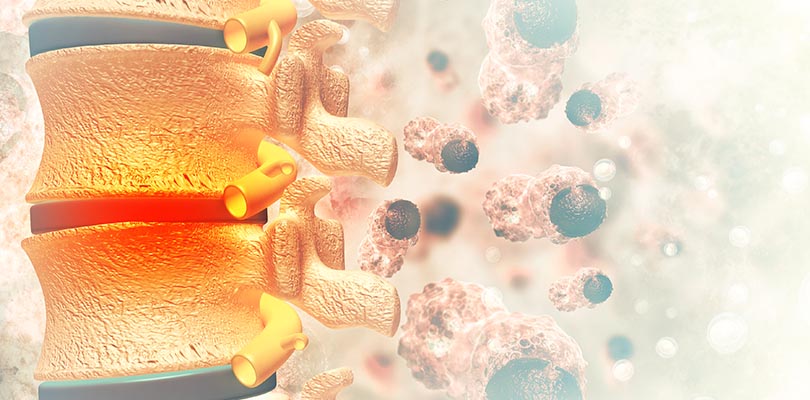What Are the Symptoms of Leukemia in Children?
Leukemia is a rare type of blood cancer that typically affects children and teenagers and estimates reveal that approximately 4,000 children in the U.S. are diagnosed with leukemia each year. Leukemia is a cancer of the blood-forming tissues of the body, including bone marrow and lymphatic systems. Both of these typically involve the white blood cells (WBCs). In a healthy individual, blood cells and platelets are produced in the bone marrow and they grow and divide in an orderly fashion, as your body requires them. However, in leukemia, some white blood cells (WBCs) do not mature properly and function abnormally, resulting in an array of signs and symptoms. Here you’ll learn about the common symptoms of leukemia in children to watch out for.
Causes Of Leukemia
The exact cause of leukemia remains unknown, but both genetic and environmental factors are believed to be major contributing factors.
Researchers think that leukemia occurs when mutations to the blood cell DNA occurs. These abnormalities result in abnormal cell growth and division, crowding out healthy cells in the bone marrow. This leads to fewer healthy WBCs, platelets and red blood cells, resulting in leukemia signs and symptoms.
What Are the Risk Factors For Leukemia?
It cannot be overemphasized that the cause of this blood cancer is unknown; however, some risk factors have been identified, including:
- Exposure to chemicals or radiation. When a child is exposed to certain chemicals, including benzene, or radiation, they may be at an increased risk for leukemia.
- Chromosomal abnormalities. There is a high probability of developing leukemia in children with chromosomal abnormalities, including Down’s syndrome and Li-Fraumeni syndrome.
- Family background. Diagnosis of leukemia in any of your family members puts your child at a heightened risk of developing leukemia.
- Age, sex and race. The risk of having leukemia is higher in girls under the age of one; however, the risk becomes higher in boys above this age. Also, the risk is higher in Caucasian people.
Symptoms of Leukemia In Children
Children often have difficulty expressing what they feel. Therefore, it may be difficult to notice the signs and symptoms of leukemia.
Whether acute or chronic, below are the common symptoms you should watch out for in your children.
Anemia
In a way, leukemia does not just impair the white blood cells’ functions but other components of the blood. Eventual overcrowding of other blood cells by the immature white blood cells affects their functions.
Anemia is a medical condition that results when there is a shortage of red blood cells (RBCs). RBCs carry oxygenated blood around the blood vessels. Anemia, in this case, might have resulted from the overcrowding, which subsequently reduces the number of the RBCs.
Chronic Infections
In leukemia, immature leucocytes are constantly replacing normal cells. Although there are a high number of these cells in the blood, they do not function well in fighting against diseases. Thus, children or any individuals with leukemia are prone to different health issues, including chronic infections. Additionally, when your child does get sick, the infection persists for a longer period of time.
Pain
Complaints about bone or joint pain might be another indication of leukemia in children because the overcrowded cells might be in or close to the joint.
Ovarian cancer is hard to diagnose, as symptoms aren't present until late stages. Here are ovarian cancer signs and symptoms to be aware of.
Swelling
Depending on where the cells are overcrowded, there is a likelihood of that part of the body becoming swollen. They might cause swelling of the abdomen, lymph nodes and the face or arms.
Difficulty Breathing
A child with leukemia might find it difficult to breathe due to its possible effects on tissues or organs in the thoracic region, such as the lungs or trachea.
Bruises and Bleeds Easily
This is, of course, another important symptom to watch out for. Overcrowding in leukemia is not limited to RBCs but also extends to other cellular components of the blood in which the blood platelets are not an exception.
When there are not enough blood platelets, the child's skin bruises, usually in the chest and back, and bleeding occurs easily from the nose and gums.
Skin Rashes
A tiny red skin rash might become noticeable on your child if they have leukemia. Moreover, the previous symptom of bruising and easy bleeding may also cause this kind of appearance on the skin.
General Weakness
In children with leukemia, there is an observable weakness that may result from the thickness of the blood, which makes it difficult for the blood to circulate normally.
Additional signs and symptoms to watch for include:
- Decreased appetite
- Dizziness
- Fever without other signs of infection
- Unintentional weight loss
Diagnosis of Leukemia
If any of the symptoms stated above are observed, you should seek the help of a doctor to determine the underlying cause. Your doctor will take a detailed history of your child’s symptoms and perform a thorough physical exam. Additional testing including blood tests and possibly bone marrow testing may also be recommended.
How Is Leukemia Treated?
In treating leukemia, your doctor will take many factors into consideration, including your child’s age, health, nature of leukemia and how far it has spread.
Treatment may involve:
- Targeted therapy: targeting and destroying specific genes
- Chemotherapy: the use of chemicals to eliminate the damaged cells. Drugs may be used individually or in combination.
- Radiation: the use of high energy beams to destroy diseased cells
- Immunotherapy: teaching the body’s immune system to recognize and destroy cancerous cells
- Replacement of the affected bone marrow
In Conclusion
If you start to notice symptoms of leukemia in your child, it is important to get them checked by your doctor. Getting an accurate diagnosis early in the disease process is essential for optimal treatment outcomes.







